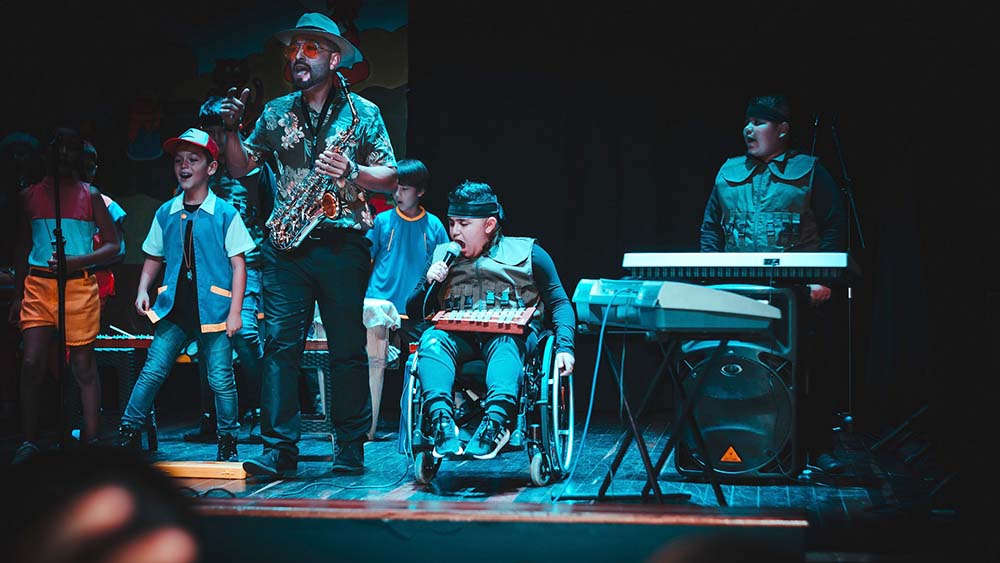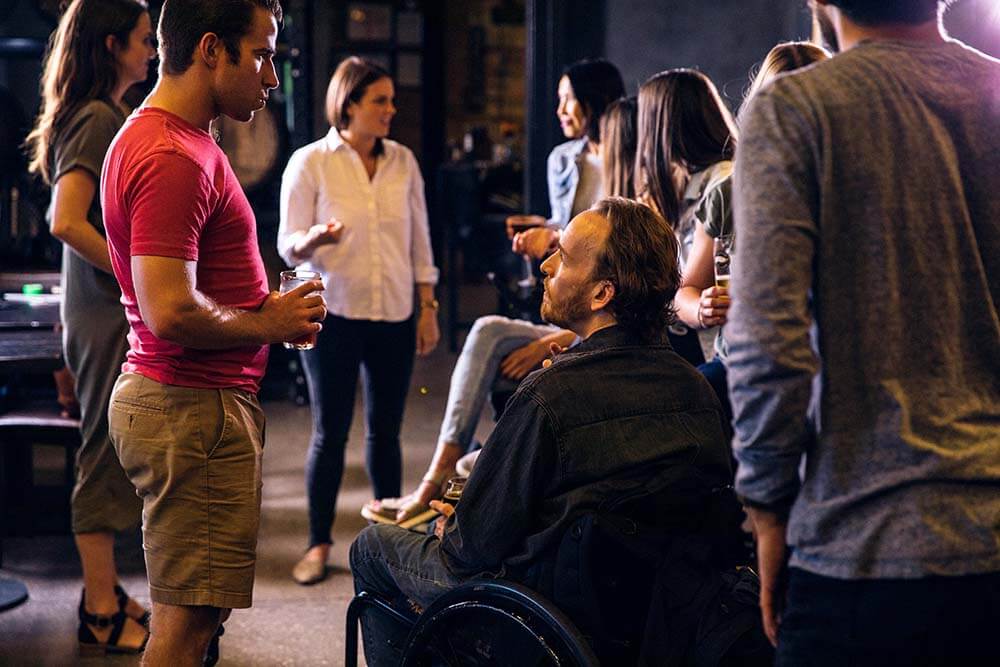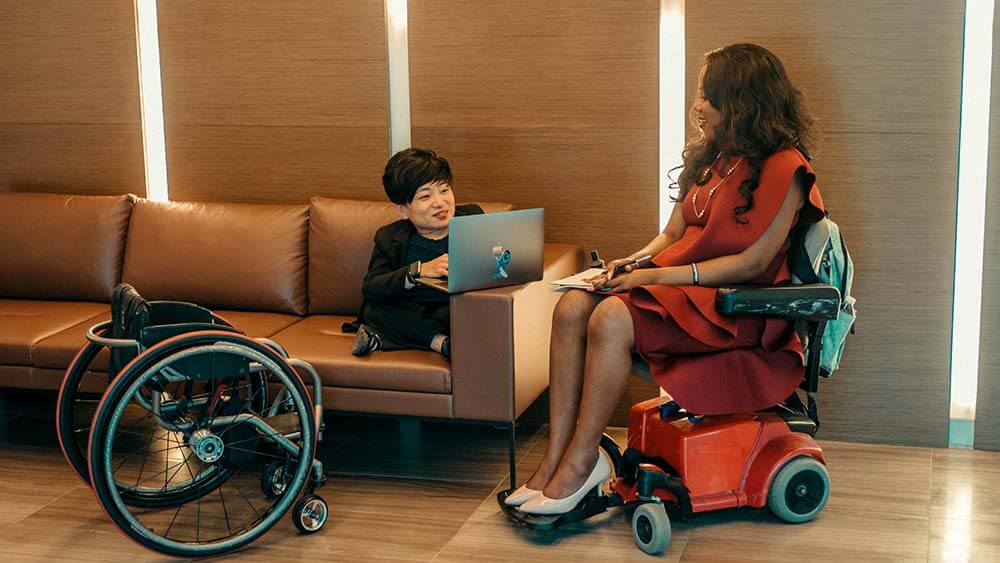
Planning for full accessibility ensures that attendees with disabilities can actively participate in all aspects of at an event.
Accessibility — making sure those with physical and cognitive disabilities, as well as those with dietary restrictions can fully enjoy everything a conference has to offer — is a key part planning. Accessibility also impacts the bottom line: When organizations make an effort to reach often marginalized attendees, it can result in an attendance boost of 20 percent and 30 percent higher profit margins, according to Diamond Accessibility. But where to start on designing accessible events?
In a recent PCMA webinar, Rocío Alvarado, senior accessibility specialist at Diamond Accessibility, simplified some ways in which planners can build more inclusive events (watch the webinar “Accessibility Considerations for Event Planners“). Some highlights from Alvarado’s presentation when it comes to the planning stage are:
Focus on budget — Planning an accessible event is not a no-cost effort, and so planning early and budgeting for additional costs in relation to accessible measures is a necessity for event organizers, according to Alvarado. Factors in the budget should include an accessible event space, live caption services, an American Sign Language (ASL) interpreter, and alternate food items for those with dietary restrictions.

Early in the event planning process, organizations should provide accommodation statements that affirm the organization’s dedication to making the event inclusive and list the ways the organization intends to make the event accessible to all.
Accommodation requirements — Well ahead of the event, organizations should provide accommodation statements for what will be offered to people with disabilities, Alvarado said. This statement should affirm the organization’s dedication to making the event inclusive, list the ways the organization intends to make the event accessible to all, inform attendees how they can request accommodations that are not already listed, and provide a deadline for such requests.
Closer to the event, organizers also should consider if their registration page is accessible. “This means the text must have sufficient color contrast with the background,” Alvarado said, and “informative images must have alternative text.” Additionally, the webmaster should check the event page for accessibility — and better yet, someone who uses a screen reader could check the page for optimal accessibility. Not everyone can easily register online, so planners should also be sure to include a phone number would-be attendees can call as well.
Once attendees register, they should receive a follow-up message ensuring that the previously stated accommodations are sufficient. “Remember to keep questions simple, clear, and concise,” Alvarado said.

Because some attendees may use technology to facilitate their needs, it’s important to ensure there are ample electrical outlets around the venue. (Photo courtesy of Disability:IN)
Venue selection — When going through the site-selection process, planners should consider the following key accessibility features:
- Visibility — Is signage throughout the venue visible and clear, including signs for elevators, bathrooms, and the lost and found? Do the signs have large and high-contrast text? Are projector screens available to provide the presentation materials?
- Acoustics — Planners should make sure it’s possible to reserve seating close to the presentation stage for those who are hard of hearing, have low vision, or who use a wheelchair. Well-calibrated acoustics are also key for individuals who rely on their auditory skills to consume information.
- Mobility — Is there accessible parking near the venue? Does the venue have secure ramps and elevators? Are the doorways and aisles wide enough for a wheelchair? Are the bathrooms equipped with hands-free faucets and toilet-flushing mechanisms?
- Technology — “Some attendees use technology to facilitate their needs,” Alvarado said, such as screen readers and refreshable braille displays. “Ensure there are electrical outlets near accessible seating areas.”
- Service Animals — Some attendees will bring service animals to an event. Is there a rest area where someone can take a service dog when needed? “It might be a good idea to include an etiquette statement,” to attendees, Alvarado said, reminding other attendees that service animals are working and should not be distracted.

